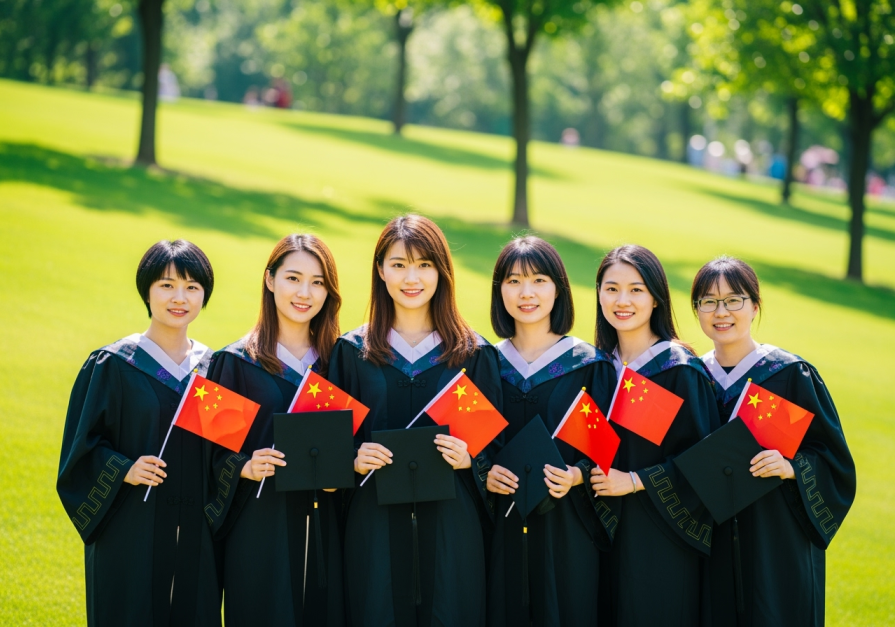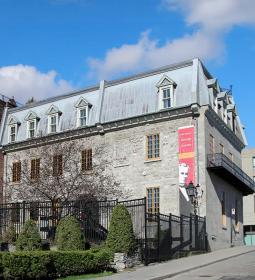In August, one of the main rankings of the world academic community, the Shanghai ARWU, was published. The calculation of the ARWU Shanghai ranking is more like a weightlifting competition: while QS or Times Higher Education are playing with reputation polls, ARWU is not interested in opinions, it cares about accurate results – what "weight" the university raises. The ARWU methodology is based on six objective indicators: Nobel Prize winners, the number of highly cited researchers, publications in Nature and Science journals and scientific web journals, citation indexes, and personalized academic performance – research efficiency per employee. This approach makes the list incredibly sustainable: change is difficult for universities, and each leap up requires decades of systematic work. Therefore, any movement within the ARWU should be considered as a serious signal, and not a random oscillation.

Stability at the top and movement in the middle
At the top, everything is predictable: Harvard remains first, Stanford and MIT are nearby, Oxford and Cambridge hold the British flag. These names have become symbols of the scientific elite and have long turned into a standard against which others are checked.
But an interesting picture unfolds a little below. Two new players broke into the top 100 in 2025 — Hong Kong City University and Stockholm University. For some, this is just statistics, for others it is a sign that the geography of science is becoming more diverse.
Even more indicative: 25 new universities appeared in the top 500 at once, and 39 in the top 1000. A large-scale influx of newcomers is always a sign of movement: it means that the system has not ossified, new centers of knowledge are really making their way to the top.
The phenomenon of China: quantitative breakthrough and qualitative growth
The main player of recent years is, of course, China: the country, which until recently was catching up, is now confidently stepping on the heels of the Western giants. The numbers are impressive: in 2025, mainland China gave 13 universities in the top 100 and more than a hundred in the top 500. In total, together with Hong Kong and Taiwan, these are 244 universities in the first thousand.
For comparison: the United States has 183, the UK has 61.
Once these figures seemed fantastic, today they are reality.
But it is not even the number that is more important, but the level. Tsinghua University occuppies now the 18th position and firmly holds the title of the leading university in Asia - only world legends are ahead. Its "neighbors" – Peking and Zhejiang Universities – are also rising higher, and such universities as Shanghai Jiao Tong and China Science and Technology are firmly established among the 50 strongest. Today, Chinese universities confidently compete with the best educational institutions in the world, although until recently they were known only within the region.

China's success is not an accident, but the result of a clear plan
The first is money. The state spared no expense, pouring money into universities for decades through special development programs.
The second is fame. In order for the whole world to talk about universities, they relied on publications in the most authoritative scientific journals. Scientists began to actively work on this.
The third is personnel. China not only trained its scientists, but also called back those who had already left and gained experience in the best foreign laboratories, offering them to work at home in modern scientific centers.
It is the combination of these factors that explains why China is growing not pointwise, but comprehensively. These are not one-time successes of individual universities, but a strategic offensive at all levels.
Why Some Universities Rise and Others Fall
ARWU is also interesting because there is a specific logic behind each number. Hong Kong City University's entry into the top 100 was made possible, among other things, by a significant increase in the number of highly cited researchers and publications in top journals. The university relied on breakthrough disciplines — IT, biotechnology, materials — and did not lose.
At the same time, the relegation from the top 500 for a number of universities is explained by weakness in criteria that cannot be "closed" quickly. For example, the indicator "Nobel Prize graduates" – here decades and even centuries of traditions work better than any short-term investments.
That is why ARWU is valued for its toughness: you can't take it with quick marketing, you need a long strategy.
What awaits world science?
Looking ahead, the picture is multipolar.
First, Asia will continue to strengthen its position. China, South Korea, Singapore and Hong Kong will step by step squeeze out the Western monopoly. The top 50 will soon cease to be an "American-British club".
Secondly, the stability of the top will remain. Harvard is unlikely to lose ground, MIT and Stanford will too, but in the 50-400 range, the competition will be fierce: it is there that the new universities will win their place from the "oldies".
Thirdly, an interesting trend is specialization. You don't have to be a huge classical university to advance: it is often highly specialized institutes in IT or engineering that increase publication activity and citations faster.

Mirror of the world of knowledge
ARWU-2025 demonstrates one simple but fundamental truth: the world of science is no longer clearly divided into the center and the periphery. If 20 years ago the academic space was dominated by only a few Anglo-Saxon universities, today we see a much more complex picture, with many growth poles. The West is still strong, but its hegemony no longer looks unshakable. Chinese universities are not only catching up, they are actually creating a new point of equilibrium around which the global academic system is being built.
Rankings like ARWU are only part of the picture. They won't tell you how inspiring the lectures are, what kind of atmosphere reigns on campus, or how bold students are in their ideas, but it is their rigid arithmetic that makes the conclusions so honest: you can't convince the numbers with slogans or beautiful words. If they are talking about the growth of China and the slowdown of other players, then this is where resources and talent are concentrated today.
For an applicant or a young researcher, this turns into a difficult choice. On the one hand, there are Harvard and Oxford: legends that have stood the test of time, with foundations, traditions, and diplomas that can be recognized anywhere in the world. On the other hand, there are Asian universities, which in one decade do what took centuries in the West. Harvard is all about calm confidence and solid foundations, while Tsinghua or Peking University is about energy, movement, and the chance to be inside a big experiment where history is being written right before your eyes.
The map of world science turns into a network where there is no single center of gravity. For students, scientists, as well as for states, this means new opportunities and new challenges. Europe and the United States should look for ways to maintain leadership, Asia should continue the offensive. In other words, the future of universities is no longer a matter of tradition, but a matter of strategy. This means that the map of science will be rewritten again and again in the coming decades, and their role in the world of tomorrow depends on how countries and universities respond to this challenge.













